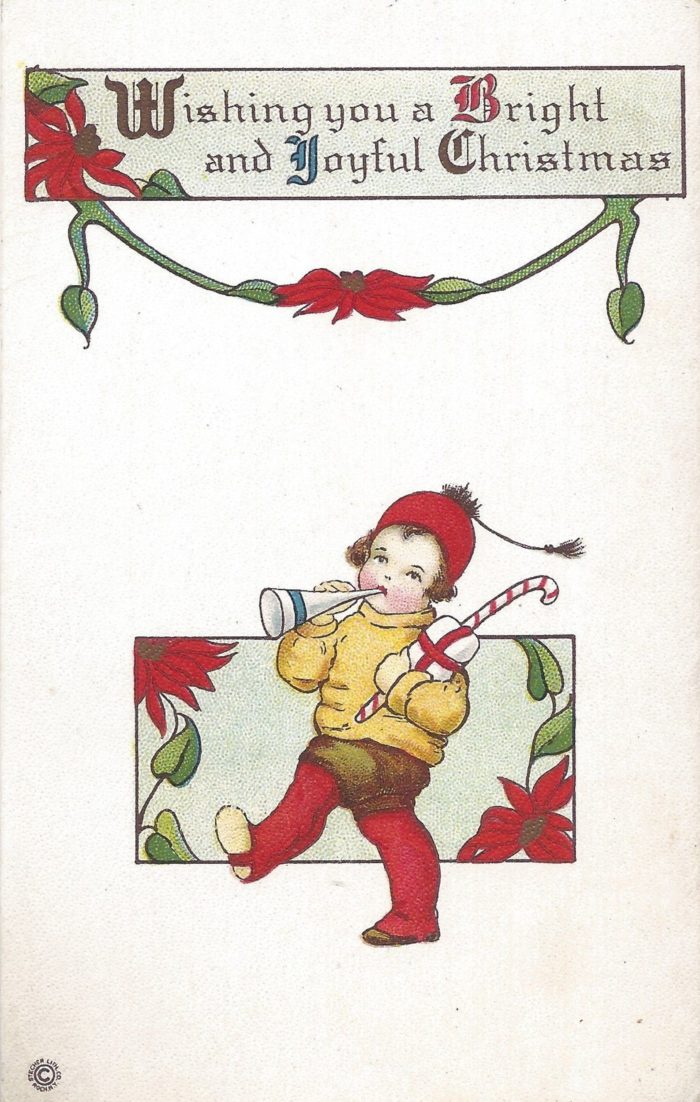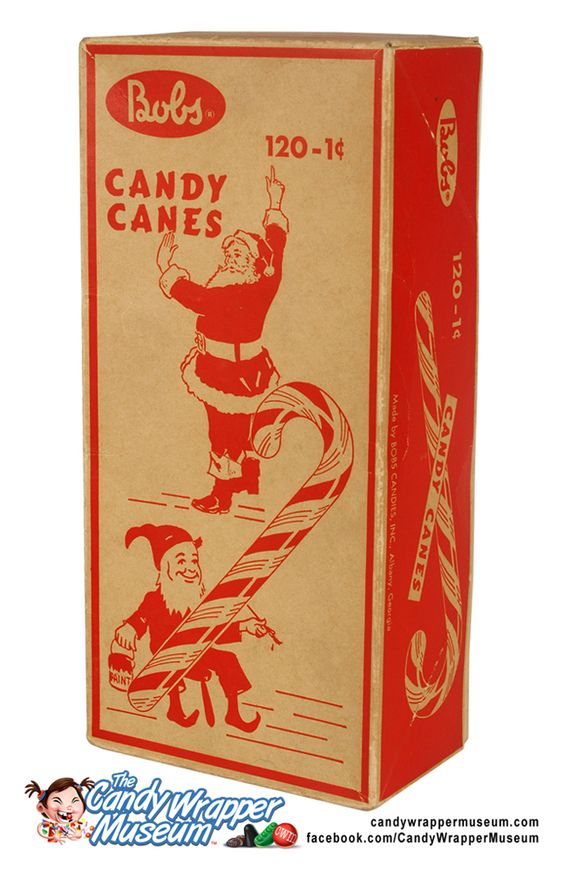
Candy canes are now as much a part of Christmas as evergreen trees, ornaments, and presents piled under the tree; but no one really knows their entire history. We do know that they originated in Germany about 300 years ago. You might be surprised to know that they were not always red and white with a curved top to look like a cane. They actually started out as a plain old straight, white sugar stick most likely used by parents of the 1600s as a pacifier. They evidently were not too worried with the condition of their offspring’s teeth!

Although created around 1670, it wasn’t until 1844 that a recipe for straight candy sticks was published. About the same time is when they were used to decorate Christmas trees for the first time in America. In 1847, August Imgard, a German-Swedish immigrant in Wooster, Ohio used the white sticks to decorate an evergreen in his home. The rest of his family liked it so much that they continued the tradition. It was common to hang sweets, baked goods, and fruits on the trees, so candy ‘canes’ were the perfect addition. Around 1900, the red stripes were added and the sticks were flavored with peppermint or wintergreen. You can even find evidence of this by looking at antique postcards. Postcards before 1900 do show candy sticks decorating Christmas trees; but, it is not until after 1900 that the striped sticks begin showing up on the cards.
An interesting aside, that affected even the candy cane, was that there was a great debate about additives in candy and in foods in general. The sticks were still straight in the late 1800s and some candy makers added stripes by hand. Some of those bright colors in candy actually contained hazardous substances like the red which included lead oxide and mercury sulfide. This was allowed since there was no regulation of additives in food and candy. In an 1885 cartoon for Puck, the dangers of additives in candy were illustrated by showing the “mutual friendship” between striped candy, doctors, and the undertakers! Well, let’s go straight to the candy store for some! In 1900, the passage of the Pure Food and Drug Act began to regulate additives in candy and other foods.



Now, how did these straight sticks get their crook? There are lots of stories about that as well. One story is that a choirmaster in Germany’s Cologne Cathedral convinced a local candy maker to bend sugar sticks into the shape of a shepherd’s crook so that restless children attending Christmas mass could hold on to the treat as they enjoyed it and remain quiet. No one is really sure if this is true or just a convenient legend. Evidence shows that the sticks remained straight for years to come. One thing for sure is these candy sticks were labor-intensive to make. They were hand-made, colored and shaped and were very expensive to purchase. So they were not really for the masses; but, were a treat for those who had the money to spend on luxuries. In the 1920s, cracker businessman Bob McCormack began making candy canes as Christmas treats for his community in Albany, Georgia pulling, twisting, cutting, and bending them by hand. They were so popular that Bob started his own business called ‘Bob’s Candies’. The candy remained a local treat as they were not easily shipped. They were fragile and were prone to take on moisture, becoming sticky. In the 1950s McCormack’s brother-in-law, Gregory Harding Keller, a Catholic priest, invented the ‘Keller Machine’ which turned straight candy sticks into curved candy canes automatically. And the world was made a little sweeter that day!

Okay, we could now mass produce the sweet treats; but, what about packaging and shipping? About the same time as Bob’s brother-in-law invented the Keller Machine, Bob’s son, Bob Jr., created a packing device that wrapped and sealed the candy in moisture proof plastic wrappers. Bob Sr. also came up with a box that held the canes in place for shipping. Now Bob was finally able to ship his candy canes far and wide, eventually making Bob’s Candies the world’s largest candy cane producer! And the rest, as they say, is history!

Bob’s candy canes are still being produced today, although under the Ferrara Candy Company name since 2005. You can still see Bob’s name on the front of the red and green box, however. Now over 2 billion candy canes are made every year! You don’t have to just choose peppermint with red stripes. You can get candy canes in many colors and flavors…cinnamon, butter rum, mac and cheese, pickle, and even clam flavored. No thanks! I think I’ll stick to peppermint!

Today, candy canes continue to decorate our Christmas trees and stuff stockings. They help to stir hot chocolate and are crushed and sprinkled on top of cookies and other desserts. Their images have adorned Christmas cards and wrapping paper. They have turned into decorations and taken their place as one of the most beloved symbols of the Christmas holiday. They are arguably the most popular holiday candy with the longest standing history. Enjoy some this holiday season.


